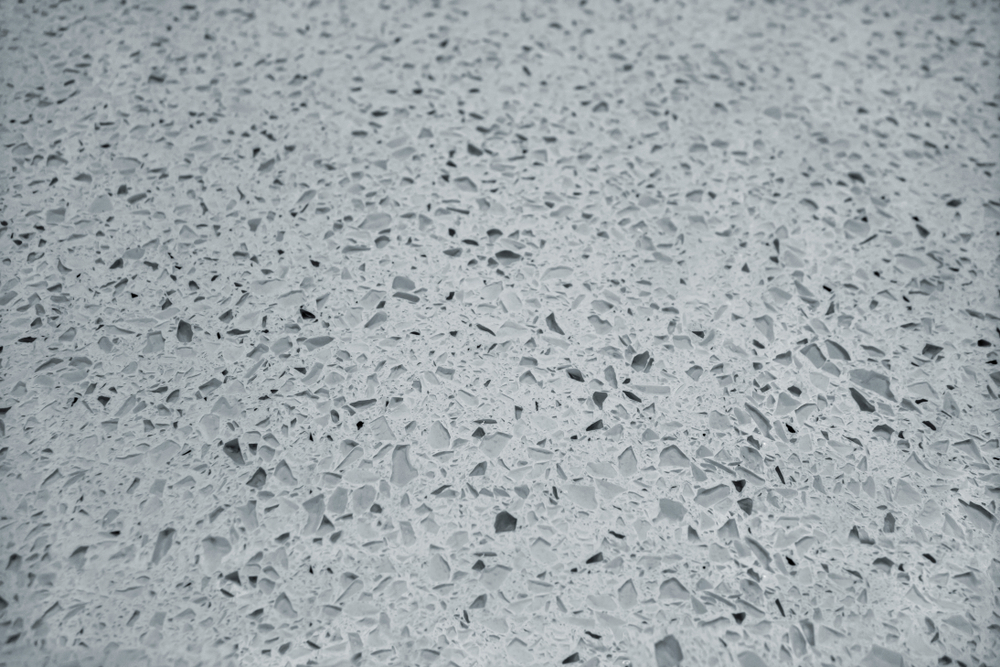On September 25, the Occupational Safety and Health Administration (OSHA) announced an enforcement and compliance assistance initiative aimed at silica exposures in the engineered stone fabrication and installation industries.
OSHA and the National Institute for Occupational Safety and Health (NIOSH) have identified silica dust exposure as a health hazard for workers in manufacturing, finishing, and installing natural and manufactured stone, which includes man-made, engineered artificial, or cultured-type products.
The new enforcement and outreach initiative supplements enforcement efforts under the agency’s revised National Emphasis Program (NEP) for respirable crystalline silica issued in February 2020.
The new initiative focuses agency enforcement efforts on employers to ensure they comply with required safety standards and provide workers with the protections necessary to keep them healthy. The initiative establishes agency procedures for prioritizing federal OSHA inspections to identify and ensure prompt abatement of hazards in industries where workers face exposure to high levels of silica dust.
“Many workers in the engineered stone industry are experiencing illnesses so severe that they’re unable to breathe—much less work a full shift—because of their exposure to silica dust,” Doug Parker, assistant secretary of labor for occupational safety and health, said in an agency statement.
“Among them is a 27-year-old worker in California who went to an emergency room with shortness of breath in 2022 and whose lung biopsy later revealed he had silicosis. Since then, he has been on an oxygen tank and unable to support his wife and three young children financially.”
Respiratory health researchers released a study this summer in JAMA Intern Med.—“Silicosis Among Immigrant Engineered Stone Countertop Fabrication Workers in California”—that looked at 52 male patients diagnosed with silicosis caused by occupational exposure to respirable silica dust from engineered stone. Of the 52 patients, 20 suffered progressive massive fibrosis, 11 needed lung transplants, and 10 died because of their silica dust exposures.
When inhaled, fine crystalline silica particles expose workers to a risk of silicosis, which is an incurable, progressively disabling, and sometimes fatal lung disease. Unsafe silica dust exposure can also lead to chronic obstructive pulmonary disease (COPD) or kidney disease, according to OSHA.
Industries subject to prioritized programmed inspections under the new initiative include those in cut stone and stone product manufacturing, as well as brick, stone, and related construction material merchant wholesalers. The agency’s outreach will include other industries that may work with engineered stone.
OSHA is reaching out to affected employers and stakeholders to provide information about the initiative, including fact sheets on dust control methods and safer work practices for engineered stone manufacturing, finishing, and installation.
Inspections under the initiative will assess targeted employers’ compliance with the agency’s general industry and/or construction industry respirable crystalline silica standards—29 Code of Federal Regulations (CFR) §1910.1053 and §1926.1153.
OSHA’s Office of Statistical Analysis (OSA) has compiled a new Silica—Engineered Stone industry list that area offices will use for targeting employers under the initiative. The Silica—Engineered Stone industry list takes priority over the Silica NEP industry list.

